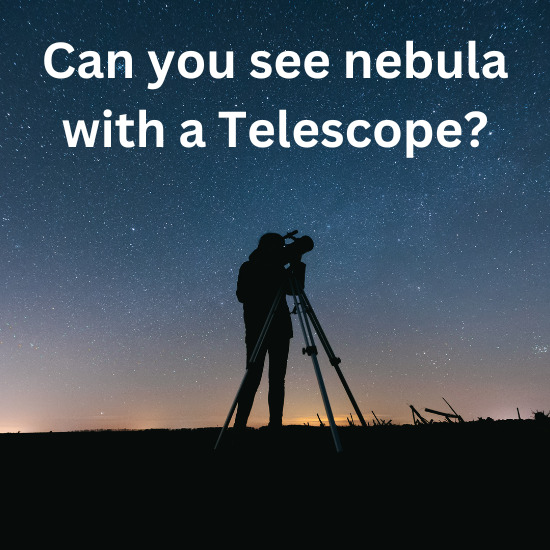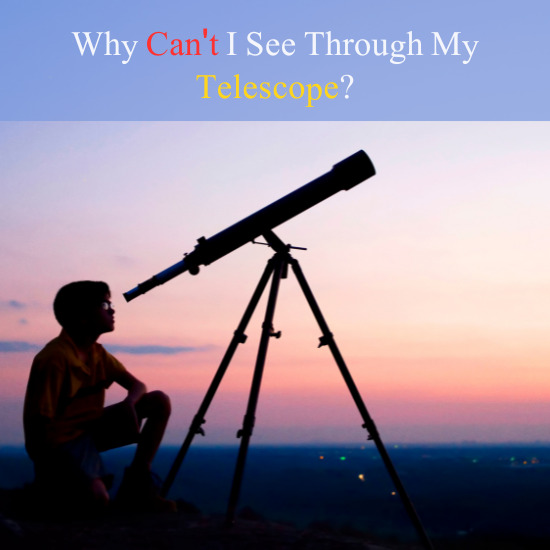Binoculars and telescopes are two popular optical devices used by nature enthusiasts, astronomers, birdwatchers, and hunters for observing distant objects. While both have a similar purpose, they have distinct differences in terms of design, function, and usage. In this article, we will discuss the differences between binoculars and telescopes, their advantages and disadvantages, and which one to choose based on your requirements.
Binoculars vs Telescope: Overview
Binoculars and telescopes are two popular optical devices used for observing distant objects. While both have a similar purpose, they have distinct differences in terms of design, function, and usage. Binoculars are handheld optical instruments that use two lenses to produce a magnified image of distant objects.
Telescopes, on the other hand, are stationary optical instruments that use one or more lenses or mirrors to gather and focus light from distant objects. They are usually mounted on a tripod or other stable surface to maintain stability and precision.
Design and Function
Binoculars are designed to be handheld and used with both eyes, whereas telescopes are designed to be stationary and used with one eye. Binoculars use two identical lenses to produce a three-dimensional image, while telescopes use one or more lenses or mirrors to produce a flat image. Binoculars have a wider field of view, which makes them ideal for observing moving objects, while telescopes have a narrower field of view, which makes them ideal for observing stationary objects.

Magnification and Aperture
Binoculars have a lower magnification power than telescopes, typically ranging from 6x to 12x, while telescopes have a higher magnification power, ranging from 20x to 300x or even more. This makes telescopes ideal for observing celestial objects like stars, planets, and galaxies, which are often too distant to be seen with binoculars. However, high magnification also means a narrower field of view and a higher chance of image shake or blurring due to hand tremors or atmospheric turbulence.
The aperture size is another important factor to consider when comparing binoculars and telescopes. Aperture refers to the diameter of the lens or mirror that gathers and focuses light. The larger the aperture, the more light can be collected, and the brighter and clearer the image will appear. Binoculars usually have smaller apertures, typically ranging from 25mm to 50mm, while telescopes can have larger apertures, ranging from 60mm to 300mm or more. This makes telescopes better suited for observing faint or distant objects that require high light-gathering power, such as nebulae or galaxies.
Portability and Size
Binoculars are generally more portable and compact than telescopes. They can be easily carried in a backpack or purse and used on the go without the need for a tripod or other support. This makes them ideal for outdoor activities like hiking, camping, or birdwatching. Telescopes, on the other hand, are usually larger and heavier and require more setup time and effort. They often come in multiple parts that need to be assembled and aligned, and require a stable surface or mount to prevent shaking or vibration. This makes them less portable and more suitable for stationary observation, such as astronomy or nature watching from a fixed location.
Field of View and Depth Perception
The field of view refers to the area of the scene that can be seen through the optical device. Binoculars have a wider field of view than telescopes, typically ranging from 4 to 8 degrees, while telescopes have a narrower field of view, ranging from 0.5 to 2 degrees. A wider field of view allows for a broader perspective and easier tracking of moving objects, while a narrower field of view provides more detail and clarity of stationary objects.
Depth perception is another important factor in optical devices. Binoculars provide a more natural and immersive 3D image due to their dual-lens design, which allows for binocular vision and depth perception. This makes them ideal for nature observation and sports viewing, as they can help distinguish objects at different distances and angles. Telescopes, on the other hand, provide a flatter and more 2D image due to their single-lens or mirror design. However, they can still provide depth perception through the use of eyepieces and filters that enhance contrast and detail.
Image Quality and Clarity
Image quality and clarity depend on various factors, such as optical coatings, glass quality, and light transmission. Binoculars and telescopes use different types of coatings to reduce glare, improve contrast, and protect the lenses from scratches and dust. Binoculars typically use multi-coated lenses, which have multiple layers of anti-reflective coatings, while telescopes use specialized coatings like dielectric or silver coatings on their mirrors.
Glass quality is also crucial in determining image quality and clarity. Binoculars and telescopes use different types of glass, such as ED (extra-low dispersion) or fluorite glass, to minimize chromatic aberration, which can cause color fringing and blurring around edges. Higher-end binoculars and telescopes also use phase-corrected prisms to improve resolution and contrast.
Light transmission is another important factor in optical devices, especially for observing dim or distant objects. Binoculars and telescopes use different types of lenses and coatings to maximize light transmission and minimize loss or distortion. However, telescopes have an advantage in this regard, as they can use larger apertures to gather more light and provide brighter and clearer images.
You can check reviews of telescopes here
- Best Dobsonian Telescopes
- Best Computerized telescope
- Best Telescope for Astrophotography
- Best Dobsonian Telescope for beginners
- Best Telescope For Viewing Planets and galaxies
Conclusion
In summary, both binoculars and telescopes have their advantages and disadvantages and are suited for different types of observation and activities. Binoculars are generally more portable, easier to use, and provide a wider field of view and natural viewing experience. Telescopes, on the other hand, provide higher magnification, and larger apertures, and are better suited for distant and faint objects, as well as astronomy and astrophotography. Ultimately, the choice between binoculars and telescopes depends on your specific needs, preferences, and budget. By considering the factors discussed in this article, you can make an informed decision and choose the right optical device for your next outdoor adventure or stargazing session.
FAQs
Q: Can I use binoculars for astronomy?
A: Yes, binoculars can be used for astronomy, especially for observing the Moon, planets, and star clusters. However, they have limitations in terms of magnification and light-gathering power, so they may not be suitable for observing faint or distant objects like nebulae or galaxies.
Q: Can I use a telescope for birdwatching?
A: Yes, telescopes can be used for birdwatching, especially for observing birds at great distances or in their natural habitats. However, they may require more setup time and effort than binoculars, and may not provide the same immersive and natural viewing experience.
Q: Which is better, binoculars or a telescope?
A: It depends on your specific needs and preferences. Binoculars are generally more portable, easier to use, and better suited for close-range observation and natural viewing. Telescopes, on the other hand, provide higher magnification, and larger apertures, and are better suited for distant and faint objects, as well as astronomy and astrophotography.


















